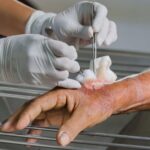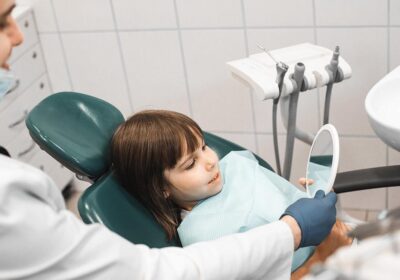
Equipment Integrity in Healthcare: Key to Safer Patient Environments
Ensuring safety in healthcare environments is crucial for delivering excellent patient care, ensuring comfort, and optimizing staff efficiency. While factors like facility layout and hygiene often take center stage, the dependability of medical equipment is just as critical. Reliable equipment ensures devices perform as intended, reducing the likelihood of errors, improving precision, and facilitating seamless operations. Advanced tools also play an important role in monitoring and maintaining equipment performance, helping to uphold their accuracy and functionality. This discussion emphasizes the importance of safeguarding equipment integrity in healthcare and offers actionable strategies for creating a secure and effective care environment.
Maintaining the reliability of medical devices begins with consistent monitoring, maintenance, and evaluation to ensure optimal performance. High-use items such as MRI machines, ventilators, hospital beds, and patient lifts can experience wear and tear over time, which may compromise their function and introduce potential risks. To mitigate these issues, facilities should implement regular inspections, preventive maintenance routines, and timely part replacements. Instruments like durometers can effectively evaluate material wear, ensuring components remain functional and reducing the chance of equipment failures. Following manufacturer-recommended care protocols further minimizes unexpected breakdowns that could disrupt patient treatment.
Calibration is another cornerstone of equipment accuracy. Devices like imaging systems, thermometers, and blood pressure monitors must be calibrated regularly to ensure consistent and precise measurements. Proper calibration enables healthcare professionals to make sound decisions, which directly impact diagnoses and treatment plans. Even small calibration errors, such as inaccuracies in a blood pressure monitor, can lead to incorrect medication dosages, potentially endangering patients. In high-pressure settings like ICUs and operating rooms, where precision is vital, routine calibration cannot be overlooked.
Torque management also plays a significant role in maintaining equipment reliability but is sometimes undervalued. For instance, assembling or adjusting devices like hospital beds and wheelchairs requires adherence to proper torque specifications to keep components securely fastened and prevent operational failures. A poorly secured patient lift, for example, could malfunction and pose serious risks to users. By following torque guidelines, healthcare facilities can extend the lifespan of devices and maintain safety even under frequent use.
Equally important is fostering a culture of safety within healthcare organizations. Comprehensive staff training and clear procedures for reporting equipment issues are integral to this approach. Well-trained personnel can operate devices correctly and identify early signs of malfunctions. Establishing streamlined reporting systems for faults or near-misses allows facilities to resolve problems quickly and effectively. Digital tools, such as maintenance logs and automated notifications, further enhance the ability to track equipment performance and schedule necessary interventions as healthcare technology continues to evolve.
In conclusion, maintaining equipment integrity is essential for ensuring safe, efficient, and high-quality healthcare. By prioritizing regular maintenance, precise calibration, proper torque management, and staff training, healthcare organizations can mitigate risks, improve operational efficiency, and enhance the patient care experience.
For more insights into designing healthcare equipment that supports safe and effective patient care, refer to the resource below.


















